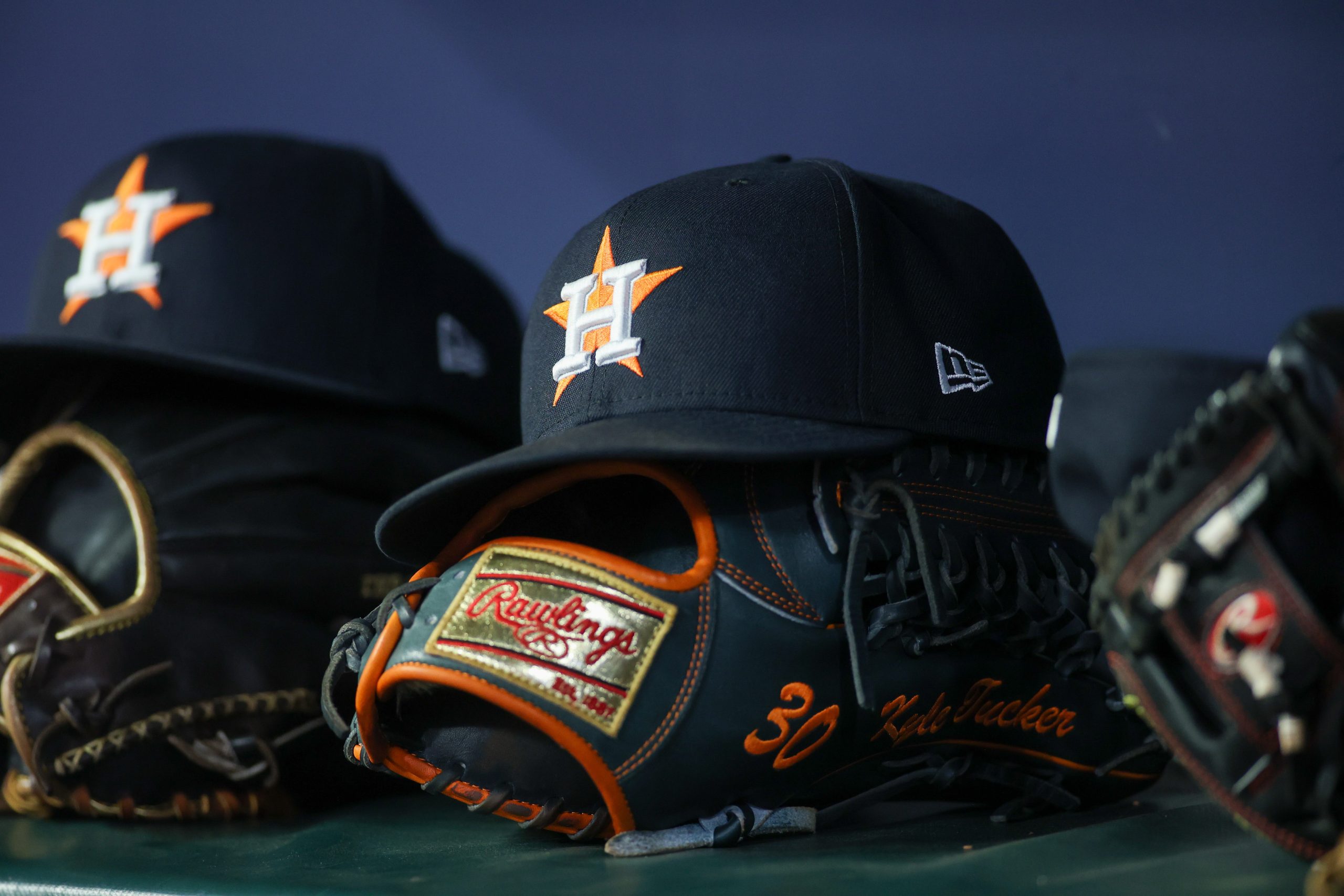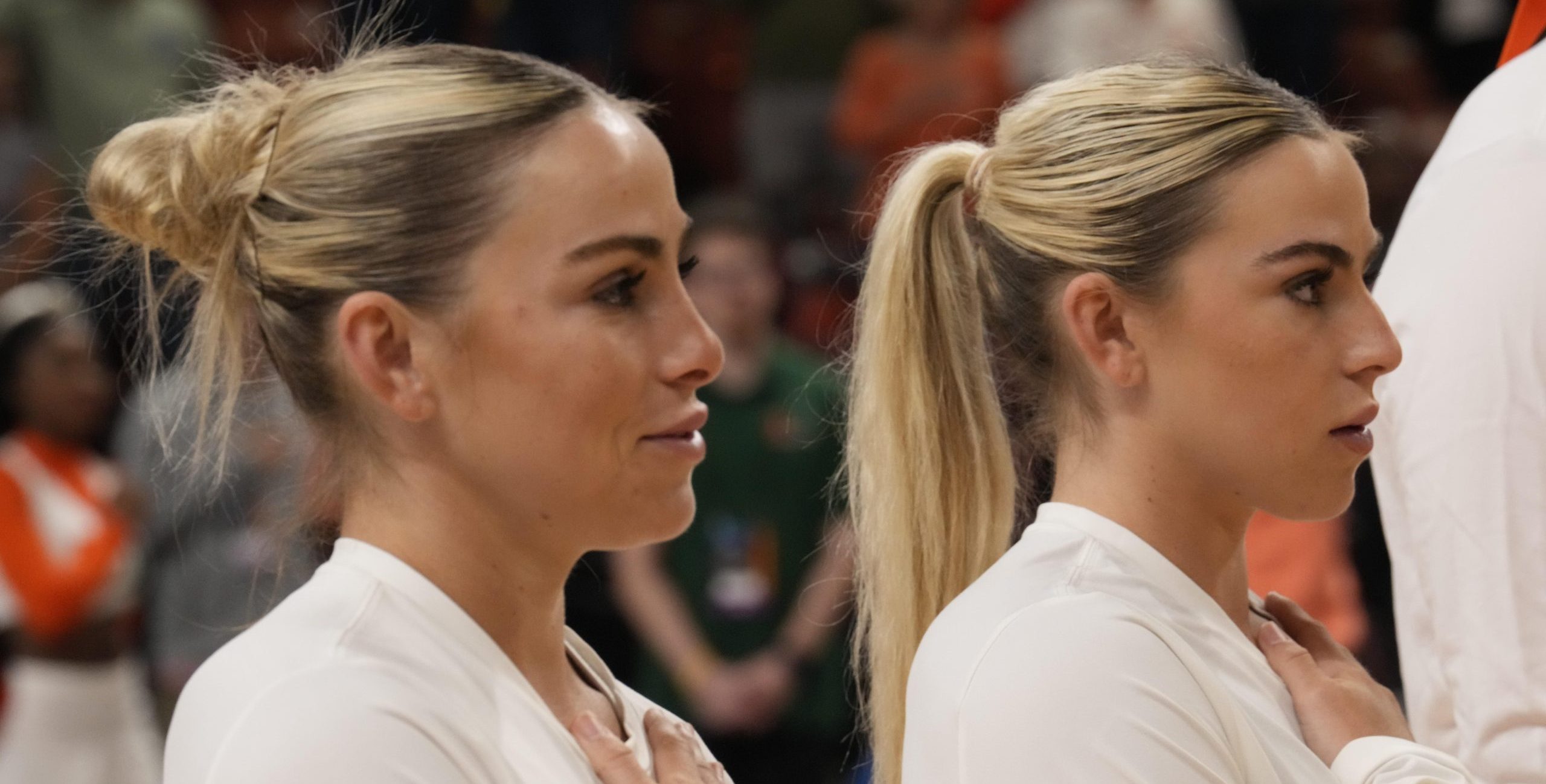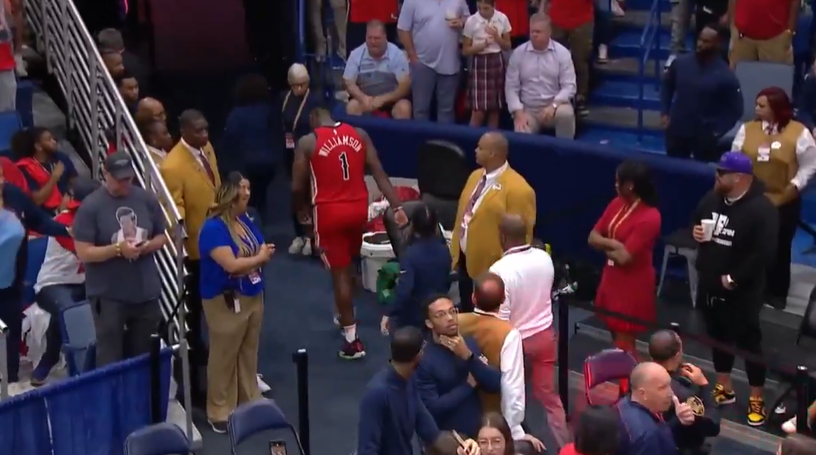College football recruiting Christmas came and went on Wednesday, as National Signing Day enjoyed its annual spectacle of signings from sunrise to (past) sunset.
Many of the destinations were obvious for top prospects. Schools like Alabama, Ohio State, USC, Michigan and Florida State (among others) inhabit permanent spots atop the recruiting grades, and this year was no different.
Rather than discuss those schools, it’s worth digging into the more surprising ones both at the top and bottom of the yearly rankings. Which of them were this year’s biggest winners and losers of National Signing Day?
Winners
Stanford Cardinal
Stanford brought in just 14 recruits in this cycle, but three of those were five stars and the overall class had one of the top-five per player averages in the country (according to the 247Sports composite rankings). The Cardinal have always been a tough sell to elite recruits due to difficult admission standards, but Coach David Shaw’s reached another gear over the last few years. Shaw managed to sign three of the top 15 recruits in the entire class, including No. 1 quarterback Davis Mills.
Here's @TerpsFootball recruiting in emoji form: 📈
And here it is in #SigningDayOnBTN graphic form: pic.twitter.com/I1u18BvMDr
— Maryland On BTN (@MarylandOnBTN) February 1, 2017
Maryland Terrapins
In year two of the D.J. Durkin era, the Terps are starting to gain serious momentum on the recruiting trail. Last season’s 42nd-ranked class was a nice start, but 2017’s 18th-ranked group is a new standard for excellence at Maryland. Sure it’s 29 players, which inflates the numbers a bit. But Durkin pulled in nine four-stars and some of the best talent in the Mid-Atlantic area (which also means it didn’t head to rival programs). The Big Ten East is highly competitive, but the Terrapins have become a much tougher out.
South Carolina Gamecocks
South Carolina struggled on offense last year, but Coach Will Muschamp is committed to keeping the defensive side of the ball strong. So while there were some high-ranking offensive additions for the Gamecocks this year, the stress was still on an aggressive defensive group (especially in the secondary). Given the drop-off at the end of the Steve Spurrier era, it was assumed South Carolina would take some time to rebuild. This recruiting (ranked 21st overall) doesn’t seem indicative of that at all.
Oregon Ducks
Offseason PR mishaps and a coaching change could’ve spelled disaster for Oregon’s inbound class. Instead, the Ducks and new coach Willie Taggart went to work fixing the defensive side of the ball (a mess for two years at UO). Four-star California corner Thomas Graham is already on campus, and six of their top seven signees are all on that side of the ball. A top-20 class is a decent place to start reloading quickly.
Washington Huskies
The 2016 season was huge for the Huskies’ program, winning the Pac-12 at 12-1 and earning a spot in the College Football Playoff. If they want to get back, however, they need more elite talent. And it seems like the 2017 class delivered plenty of it. UW added nine four-star prospects to an 18-man class, with an average grade out-pacing traditional powers like Auburn, Texas A&M, Tennessee and more. Despite some departing talent this offseason, a class like this should have them contending in the North again.
Losers
📊 Safe to say today was #BaylorLit. 🔥🔥🔥#SicEmSquad17 🏈 pic.twitter.com/05FsWAKabN
— Baylor Football (@BUFootball) February 1, 2017
Baylor Bears
Granted, it’s much better than where Baylor was when Matt Rhule arrived. But the Bears loaded up on three-stars for a 27-player class whose grade is more based on quantity than quality. Baylor can rebuild, but that requires culture change, a resolution to ongoing NCAA and criminal investigations, and the conclusion of the resulting (rightful) punishment for the program. This class was a stopgap. The fall may not be over yet.
West Virginia Mountaineers
West Virginia’s 10-3 season and strong Big 12 performance should’ve resulted in a bit of a recruiting boost going into 2017. Instead, they wind up with one of the conference’s worst classes (56th nationally) while failing to lock down any one geographic pipeline. The ‘Eers showed they could be a conference contender in 2016. But that can’t continue without improved recruiting results.
Minnesota Golden Gophers
National Signing Day with ELITE HOW!! Love this class!! #HYPRR #RTB #SkiUMah pic.twitter.com/yx3twOtNYK
— P.J. Fleck (@Coach_Fleck) February 1, 2017
P.J. Fleck was brought in largely because of his recruiting abilities (WMU was best in the MAC under him), as well as the energy he brings to the head coaching position. His first class at Minnesota actually dropped off about 10 spots from last year’s (46th to 57th), and failed to really capitalize on new excitement around the program. The Gophers ranked 12th out of 14 in the Big Ten this cycle (and much closer to the teams below them – Indiana and Purdue – than the ones above).
Houston Cougars
One year ago, Houston had a top-40 class, one of the country’s hottest coaches and the best Group of Five path to the Playoff there would ever be (plus a potential invite to the Big 12 coming). Even in December, the inbound 2017 group was still top-50 or so, and was the toast of the G5. Post-Tom Herman, however, the Cougars fell all the way into the high-60s and pulled together a class of two- and three-star prospects.
California Golden Bears
Say 👋 to the newest 💛🐻 offensive recruits!
Watch: https://t.co/ZLABag9Ytt pic.twitter.com/U2WgfEwv8u
— Pac-12 Network (@Pac12Network) February 1, 2017
Cal wasn’t recruiting circles around anyone under Sonny Dykes, but by hiring Justin Wilcox in mid-January, the Bears were already well behind the recruiting cycle. Wilcox’s staff is interesting so far (especially former Eastern Washington coach Beau Baldwin at OC), but they needed more time to recruit. Their 14-man class was 72nd in the country, the worst rating among all Power Five schools.





